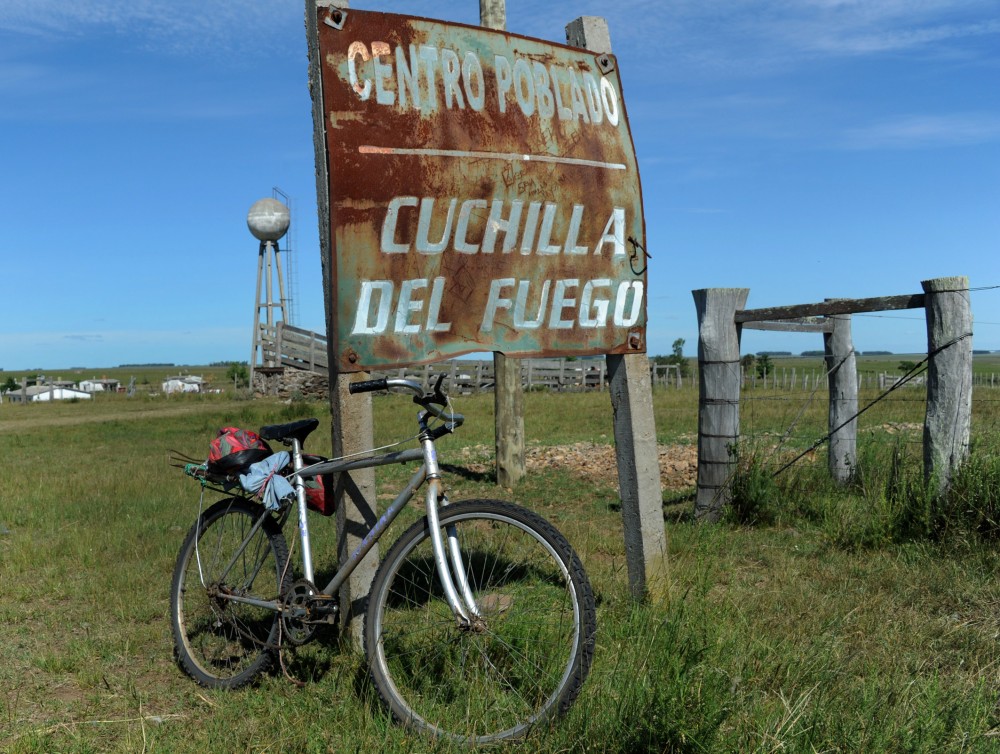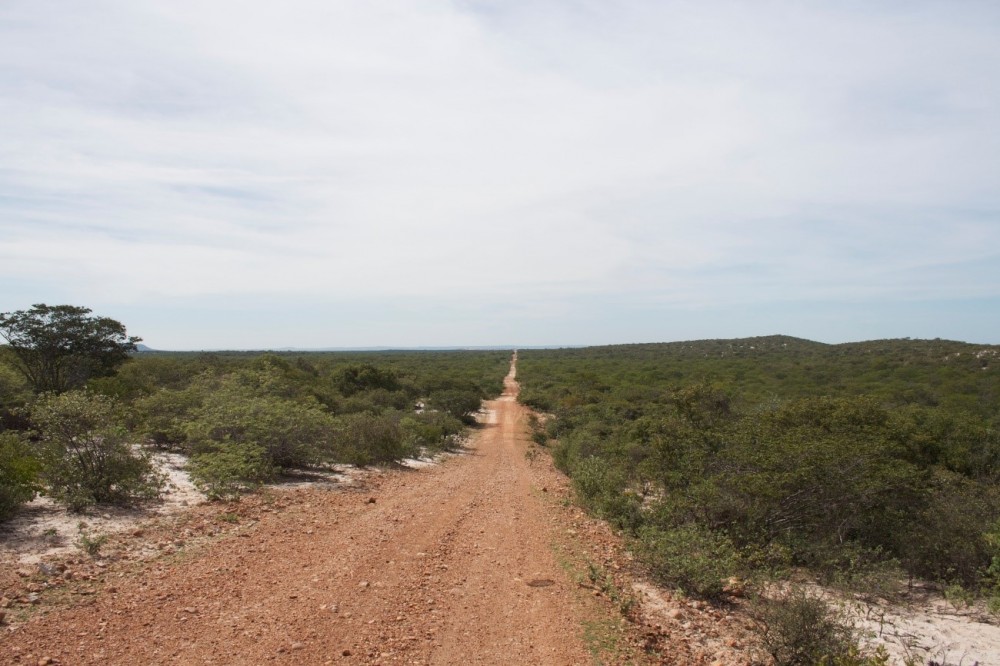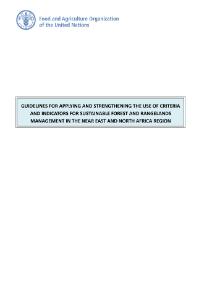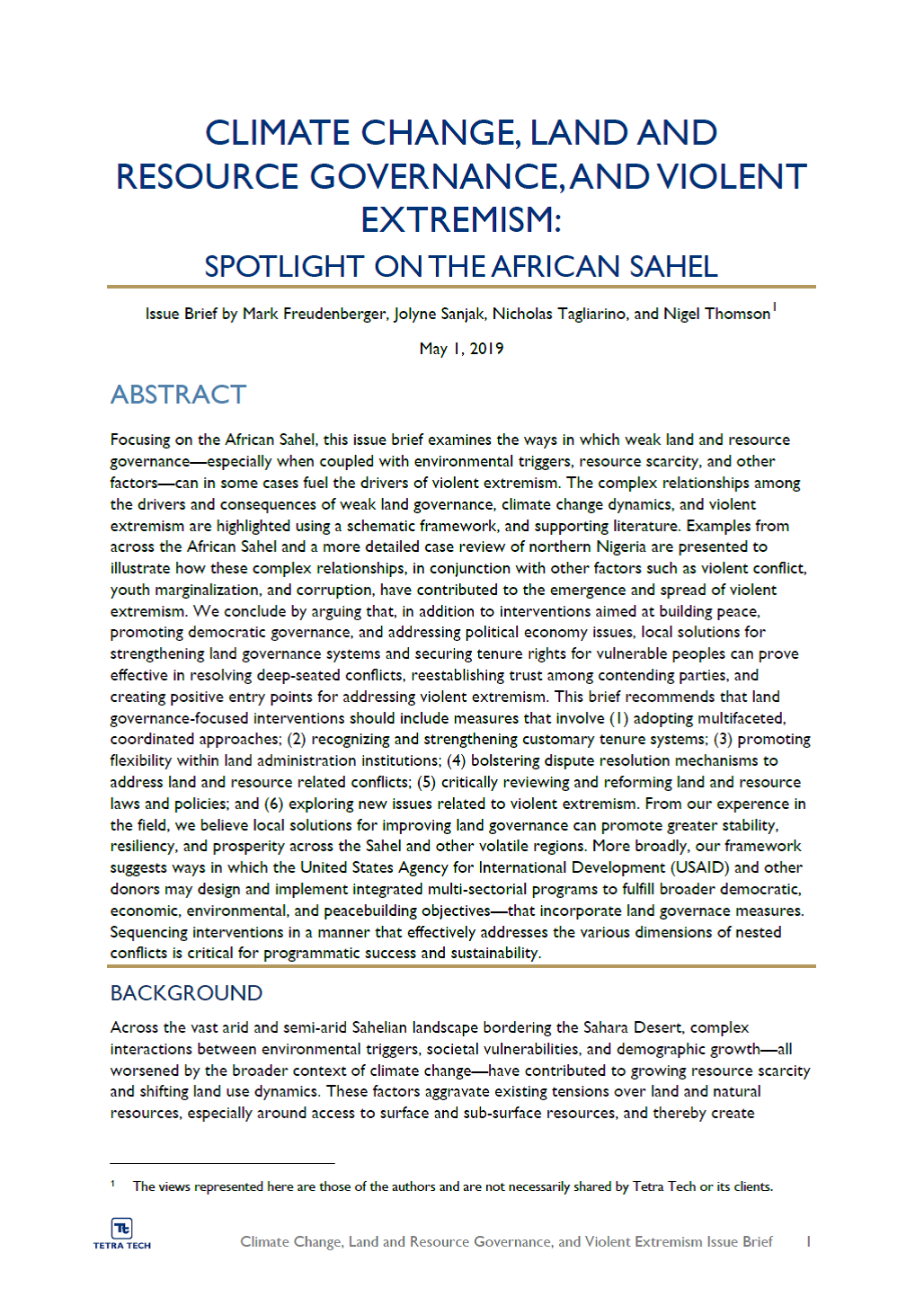Acceso a los campos públicos en la Cuchilla del Fuego
La historia del acceso a la tierra de esta Cooperativa es la historia de la negación de la demanda de tierra de los sectores populares de la microrregión de Guichón.El acceso campo fue de forma precaria en régimen de pastoreo. En ese momento solo 20 de los socios poseían alguna cantidad de animales vacunos, otros integrantes querían producir miel y otros trabajar en eco-turismo.






